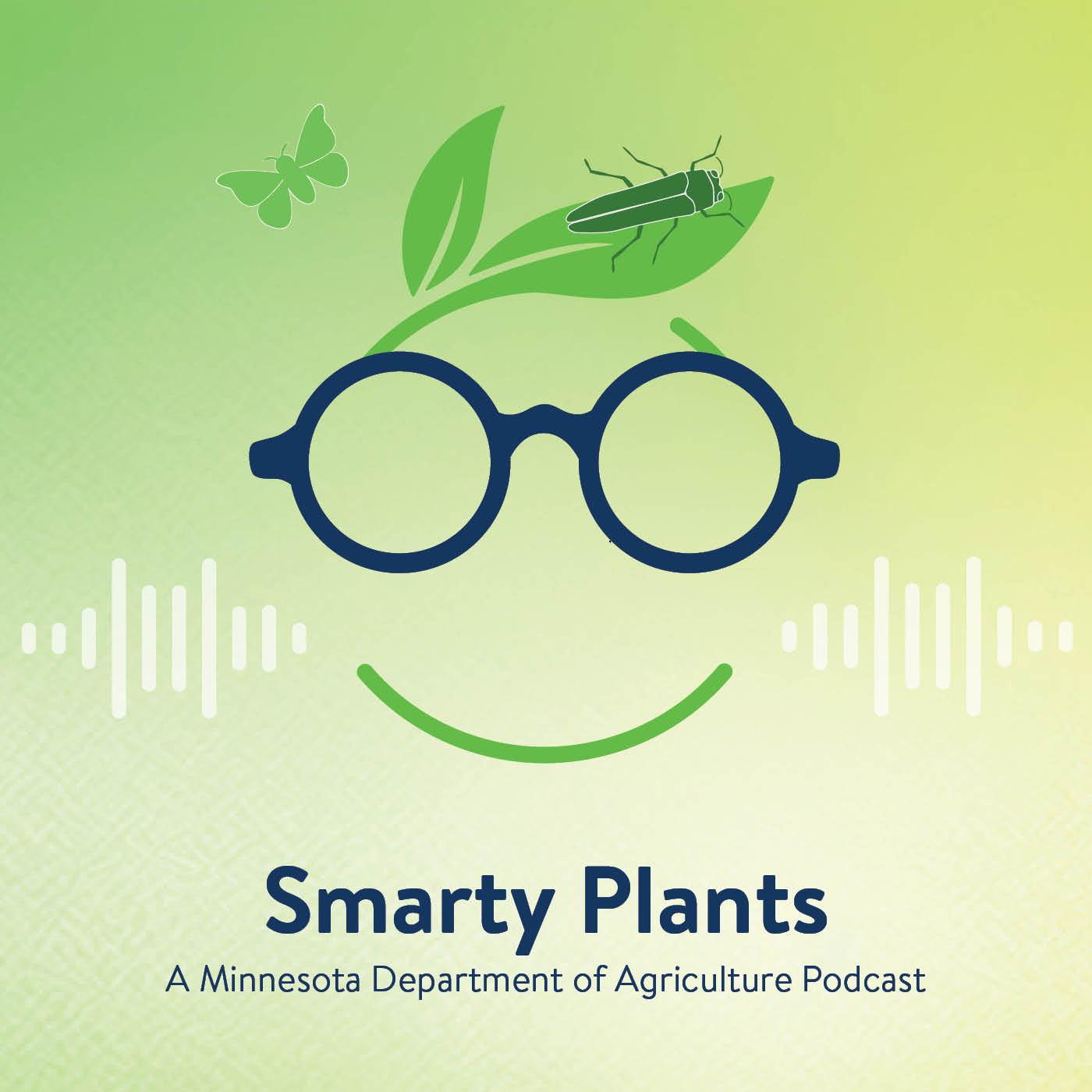Updated 4/21/2025
Unmanned Aerial Vehicles (UAVs), commonly known as drones, are transforming the way pesticide applicators manage field crops. Using UAVs for pesticide spraying allows applicators to make more precise applications and reduce input costs. However, before you can use a UAV for pesticide application, you’ll need to meet several important license or certification related requirements. Here's what you need to know to get started: Getting Started with UAVs for Pesticide Applications (University of Minnesota Extension - Minnesota Crop News).
Updated 4/21/2025
Unmanned Aerial Vehicles (UAVs), commonly known as drones, are transforming the way pesticide applicators manage field crops. Using UAVs for pesticide spraying allows applicators to make more precise applications and reduce input costs. However, before you can use a UAV for pesticide application, you’ll need to meet several important license or certification related requirements. Here's what you need to know to get started: Getting Started with UAVs for Pesticide Applications (University of Minnesota Extension - Minnesota Crop News).
No. The grant is intended for partner organizations to assist small- to medium-sized meat and poultry processors with hiring and training new processing employees. Grocery stores looking for future grant opportunities may consider exploring the Good Food Access Program.
No. The grant is intended for partner organizations to assist small- to medium-sized meat and poultry processors with hiring and training new processing employees. Grocery stores looking for future grant opportunities may consider exploring the Good Food Access Program.
Smarty Plants Podcast
 Discover Smarty Plants, the Minnesota Department of Agriculture's podcast that digs into the fascinating world of invasive species. Join expert guests as they share insights and solutions to protect our environment and agricultural resources. Visit Smarty Plants and start listening today.
Discover Smarty Plants, the Minnesota Department of Agriculture's podcast that digs into the fascinating world of invasive species. Join expert guests as they share insights and solutions to protect our environment and agricultural resources. Visit Smarty Plants and start listening today.
Smarty Plants Podcast
 Discover Smarty Plants, the Minnesota Department of Agriculture's podcast that digs into the fascinating world of invasive species. Join expert guests as they share insights and solutions to protect our environment and agricultural resources. Visit Smarty Plants and start listening today.
Discover Smarty Plants, the Minnesota Department of Agriculture's podcast that digs into the fascinating world of invasive species. Join expert guests as they share insights and solutions to protect our environment and agricultural resources. Visit Smarty Plants and start listening today.
Emergency Quarantine FAQs
An emergency quarantine is a restriction on the movement of spongy moth life stages and materials from leaving the designated emergency quarantine area. The Minnesota Department of Agriculture (MDA) emergency quarantine will be in effect from May 1, 2025 to June 15, 2026.
An emergency quarantine is a restriction on the movement of spongy moth life stages and materials from leaving the designated emergency quarantine area. The Minnesota Department of Agriculture (MDA) emergency quarantine will be in effect from May 1, 2025 to June 15, 2026.
Due to federal budget uncertainties and significant funding delays within the USDA Forest Service, the MDA did not receive the federal funding needed in time to perform Btk aerial management operations. This has forced the MDA to cancel all Btk management for 2025, which was proposed in areas with high-risk spongy moth infestations. Btk targets and kills spongy moth caterpillars.
As a result, the MDA is placing an emergency quarantine in these areas to prevent the spread of spongy moth. The MDA will intensely survey these areas in 2025 with hopes to manage in 2026.

